TasunkaWitko
Well-Known Member
Chokecherry Syrup
Late summer marks the return of a northern treasure - the chokecherry.
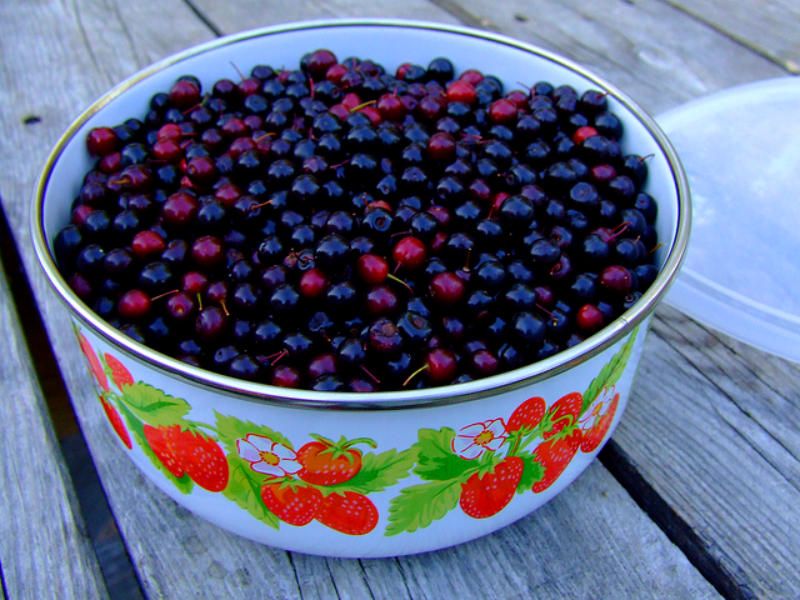
Photo Credit: https://c1.staticflickr.com/5/4107/4974600717_a5978af034_z.jpg
I love chokecherries, and have loved them for as long as I can remember. In fact, When I lived for a few years in Lewistown, Montana, one of my favourite times of the year was the Chokecherry Festival, held in early September.
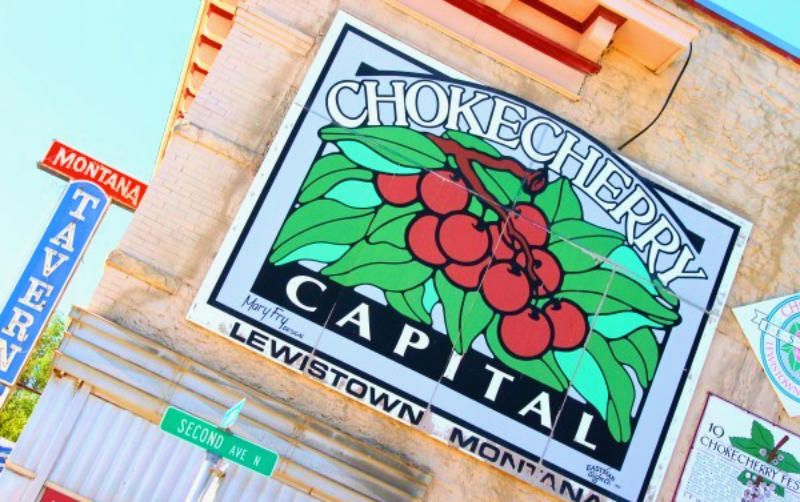
Photo Credit: http://www.anauthenticlife.com/wp-content/uploads/2012/09/IMG_6899.jpg
Those of you not living in the northern United States or southern Canada are probably asking, what is a chokecherry? Well, it’s hard to describe, even though I’ve lived with them all my life. The are small, dark-purple, berry-like fruits growing in clusters on bushes that can be found just about anywhere in the northern USA, east of the Rocky Mountains - or in southern Canada.
For those interested, here is the distribution of the chokecherry:
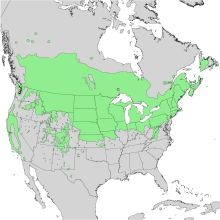
Along roadsides, in meadows or even in back yards, these hardy shrubs are easily recognised by their white blossoms in the spring, and their locations are carefully marked against the day that the cherries ripen later in the year.
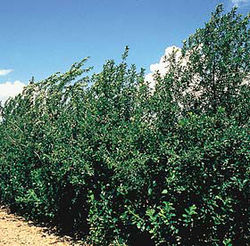
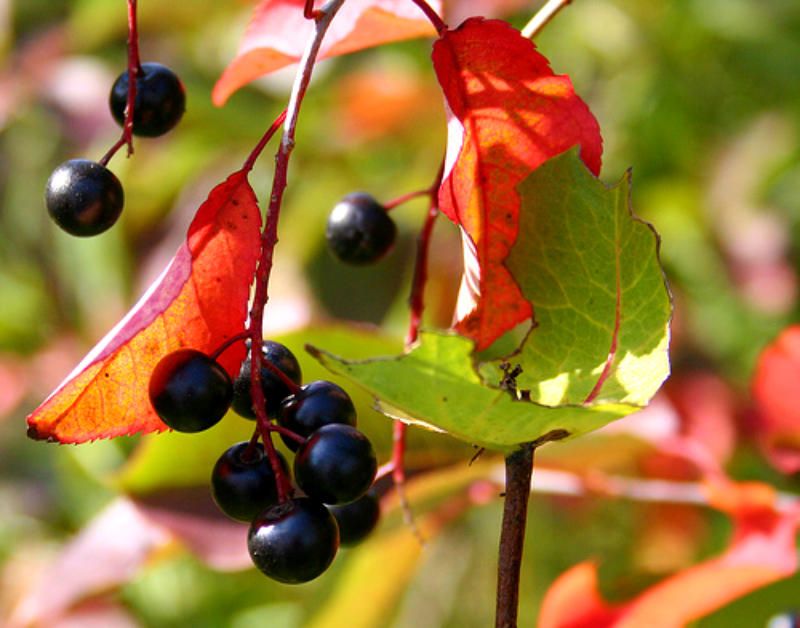
Photo Credit: https://www.flickr.com/photos/86953562@N00/237179619/sizes/m/in/photostream/
They are quite astringent when eaten fresh, but the addition of some sugar (or other sweetener) transforms them into something wonderful and unique - a truly special treat that has everyone - from old grandmothers to twenty-something bachelors - buying canning jars in order to preserve chokecherries in almost any form imaginable: syrup, jam, jelly, wine...even mead.
Wikipedia provides a more scientific description:
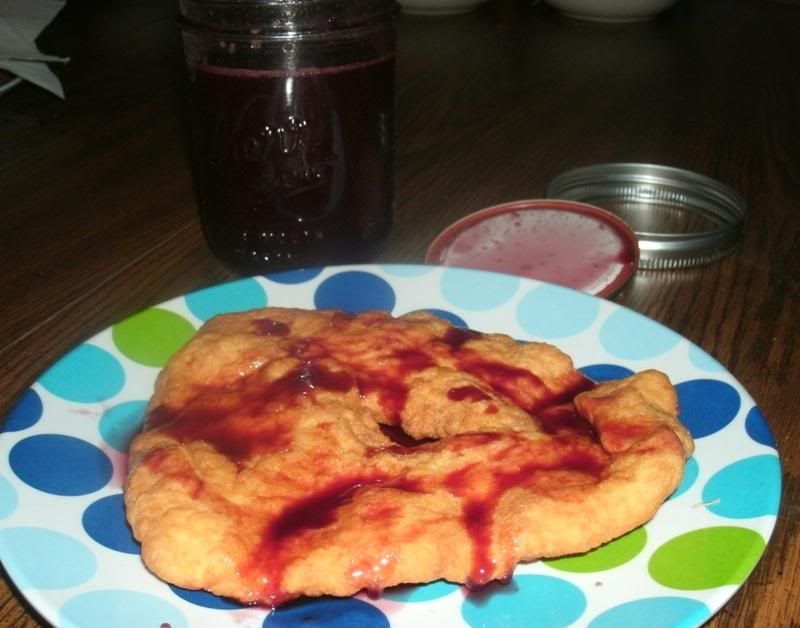
http://foodsoftheworld.activeboards.net/native-american-frybread_topic2472.html
While going through some old clippings and recipes, I found instructions for making chokecherry syrup written by my father - who was born and raised in Killdeer, North Dakota; this recipe came from his mother - my grandmother - and lays out the procedure pretty well:
For reference, here is a recent experience that I had when making chokecherry syrup, so that you can get an idea of how many chokecherries will make how much syrup. I had exactly 6.5 pounds of chokecherries left for syrup. Being as careful as I could be with the process, I ended up with 5 pints, 1 half-pint and 1 quarter-pint (luckily, I had one such jar on-hand to use) of syrup. This is of course subject to minor variations, of course, but should give you a ballpark to play in.
There was just enough left over to sample a taste, and I must say that it turned out very well! We may or may not make more chokecherry syrup this year, depending on how things go, but we will, at least, have some to get us through the winter.
Late summer marks the return of a northern treasure - the chokecherry.

Photo Credit: https://c1.staticflickr.com/5/4107/4974600717_a5978af034_z.jpg
I love chokecherries, and have loved them for as long as I can remember. In fact, When I lived for a few years in Lewistown, Montana, one of my favourite times of the year was the Chokecherry Festival, held in early September.

Photo Credit: http://www.anauthenticlife.com/wp-content/uploads/2012/09/IMG_6899.jpg
Those of you not living in the northern United States or southern Canada are probably asking, what is a chokecherry? Well, it’s hard to describe, even though I’ve lived with them all my life. The are small, dark-purple, berry-like fruits growing in clusters on bushes that can be found just about anywhere in the northern USA, east of the Rocky Mountains - or in southern Canada.
For those interested, here is the distribution of the chokecherry:

Along roadsides, in meadows or even in back yards, these hardy shrubs are easily recognised by their white blossoms in the spring, and their locations are carefully marked against the day that the cherries ripen later in the year.


Photo Credit: https://www.flickr.com/photos/86953562@N00/237179619/sizes/m/in/photostream/
They are quite astringent when eaten fresh, but the addition of some sugar (or other sweetener) transforms them into something wonderful and unique - a truly special treat that has everyone - from old grandmothers to twenty-something bachelors - buying canning jars in order to preserve chokecherries in almost any form imaginable: syrup, jam, jelly, wine...even mead.
Wikipedia provides a more scientific description:
In addition, Wiki relates that the chokecherry plays a very important role in my ancestral state of North Dakota:Prunus virginiana, commonly called bitter-berry, chokecherry, Virginia bird cherry and western chokecherry (also black chokecherry for P. virginiana var. demissa), is a species of bird cherry (Prunus subgenus Padus) native to North America; the natural historic range of P. virginiana includes most of the continent, except for the far north and far south.
Chokecherry is a suckering shrub or small tree growing to 16 feet tall. The leaves are oval, 1.25–4 in. long, with a coarsely serrated margin. The flowers are produced in racemes of 15-30 in late spring (well after leaf emergence). The fruit are about [4/10 of an inch in] diameter, range in color from bright red to black, with a very astringent taste, being both somewhat sour and somewhat bitter. The very ripe berries are dark in color and less astringent and more sweet than the red berries…. Chokecherries are very high in antioxidant pigment compounds, such as anthocyanins….
For many Native American tribes of the Northern Rockies, Northern Plains, and boreal forest region of Canada and the United States, chokecherries were the most important fruit in their diets. The bark of chokecherry root was once made into an asperous-textured concoction used to ward off or treat colds, fever and stomach maladies by native Americans The inner bark of the chokecherry, as well as red osier dogwood, or alder, was also used by natives in their smoking mixtures, known as kinnikinnick, to improve the taste of the bearberry leaf. The chokecherry fruit can be used to make a jam, jelly, or syrup, but the bitter nature of the fruit requires sugar to sweeten the preserves….
Chokecherry is also used to craft wine in the western United States mainly in the Dakotas and Utah as well as in Manitoba, Canada.
http://en.wikipedia.org/wiki/Prunus_virginiana
The most basic product made from chokecherries is chokecherry syrup; in fact, this syrup, called wojapi in the Lakota tongue, was and remains a favourite condiment for Native American frybread:In 2007, Governor John Hoeven signed a bill naming the chokecherry the official fruit of the state of North Dakota, in part because its remains have been found at more archeological sites in the Dakotas than anywhere else.

http://foodsoftheworld.activeboards.net/native-american-frybread_topic2472.html
While going through some old clippings and recipes, I found instructions for making chokecherry syrup written by my father - who was born and raised in Killdeer, North Dakota; this recipe came from his mother - my grandmother - and lays out the procedure pretty well:
Chokecherry Syrup
In a large pot, cover cherries with water. Bring to a boil, cover pot and simmer for about 30 minutes. Stir occasionally and gently mash cherries with the back of a wooden spoon or a potato masher. Do not break the pits.
Drain juice off using a strainer, cheesecloth or food mill, taking care not to mash the pits. Bring the juice to a slow boil and add 1 cup of sugar for each 1 cup of juice. Continue to simmer, stirring occasionally, for about 10 minutes, or until the sugar is completely dissolved.
Set sterilised canning jars on the rack in the canner and add syrup to jars, filling to 1/4-inch from the top. Screw the lids onto the jars. Cover the jars with at least 1 inch of water and bring to a rolling boil. Process for 10 minutes in boiling water bath. Set the jars in a draft-free place and allow to cool naturally. Check for seal.
For reference, here is a recent experience that I had when making chokecherry syrup, so that you can get an idea of how many chokecherries will make how much syrup. I had exactly 6.5 pounds of chokecherries left for syrup. Being as careful as I could be with the process, I ended up with 5 pints, 1 half-pint and 1 quarter-pint (luckily, I had one such jar on-hand to use) of syrup. This is of course subject to minor variations, of course, but should give you a ballpark to play in.
There was just enough left over to sample a taste, and I must say that it turned out very well! We may or may not make more chokecherry syrup this year, depending on how things go, but we will, at least, have some to get us through the winter.


